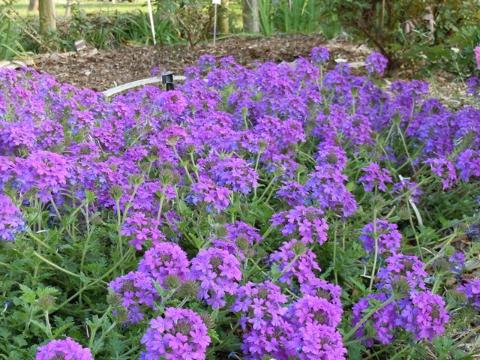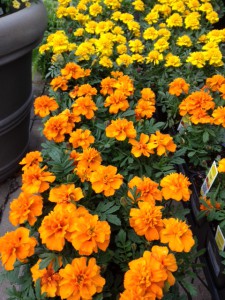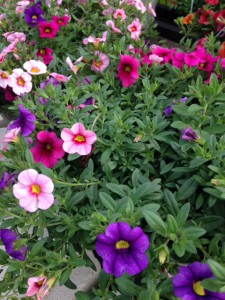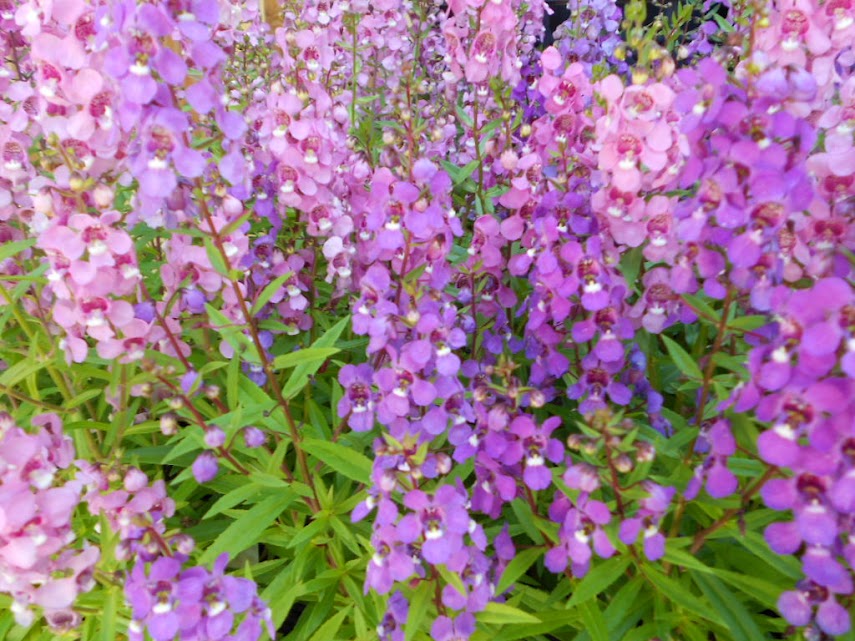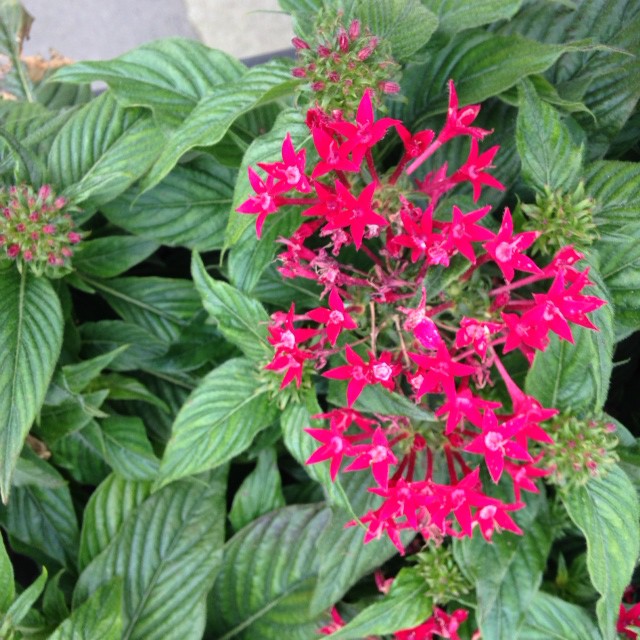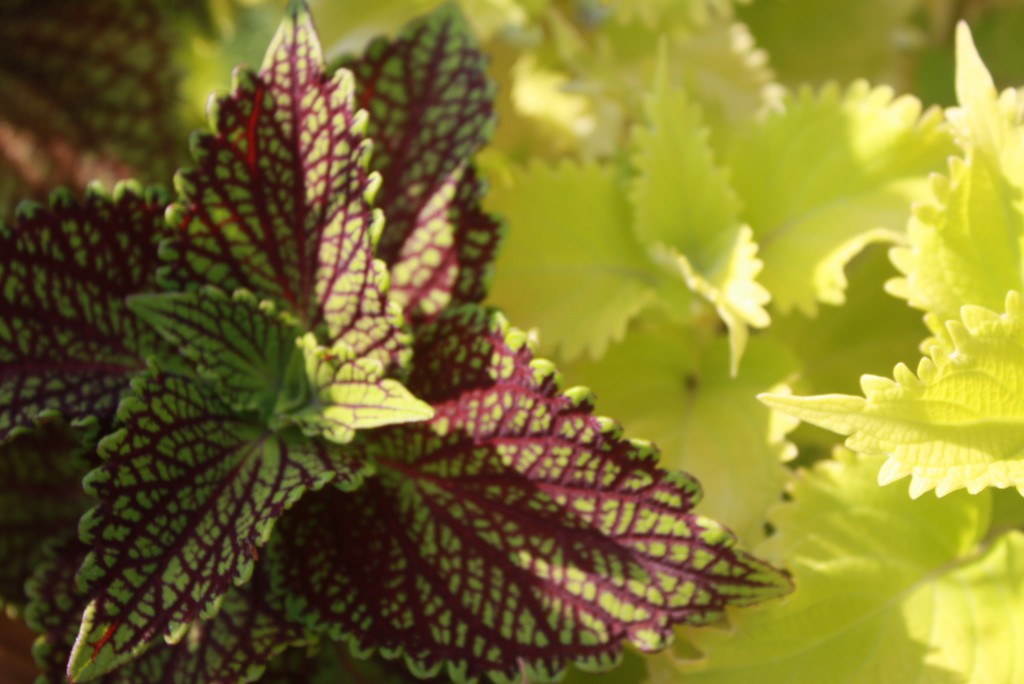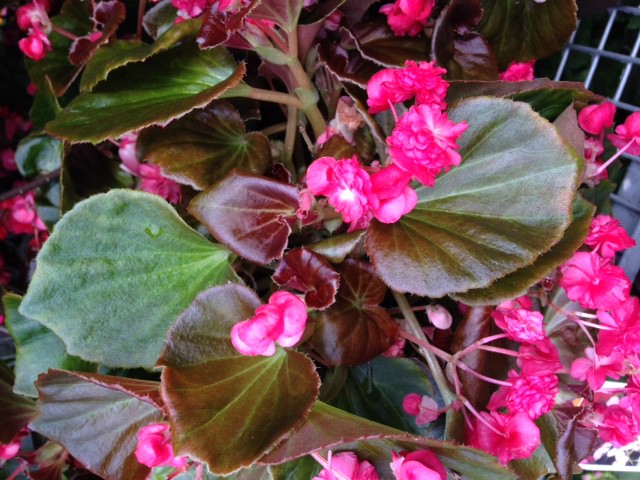As the weather warms and we approach the last expected frost date, it’s time to start planning our warm season annuals.
Annuals are plants that complete their life cycle in one season. In North Florida, we recognize two annual color seasons: Winter annuals (cool season) and Summer annuals (warm season).
Warm season annuals generally cannot tolerate freezing temperatures and perform best during the long, hot days of spring and summer. In our climate we have many choices for our warm season or summer color beds.
It is an extremely important part of the planning process to determine if the site is shaded, part sun, or full sun. If it is part sun, note whether plants will receive direct sunlight in the morning or afternoon and how many hours of sunlight are expected. Check water sources for the site. Different plants have different water needs, so you would not want to install plants with high water needs in a site with no irrigation or limited access to water.
Another factor to consider in coastal areas is the possibility of salt spray or introduction through water sources. Some plants can tolerate salt and others are very sensitive. If it is likely that plants may be exposed to salt, choose plants with a medium to high salt tolerance level.
After you have assessed your site and determined what conditions will affect your plants, start with your plant selection.
Remember to group plants with similar needs together so that maintenance will be simpler and your plants will have the greatest opportunity to perform at their best. Most annuals will have some fertilizer needs due to their short life cycle. Be sure to amend the soil and provide slow release fertilizer throughout the growing season at the rate needed by your chosen plants. Do not apply fertilizer to plants that are suffering from drought stress, insect infestation, or disease infection.
When selecting plants from a garden center, look for healthy plants with well-developed root systems. If you pull the plant out of the pot you should be able to see bright white roots that are holding the soil together to the shape of the pot. If the root ball falls apart,the plant is not fully rooted and may struggle to get established. Look for disease, weed, and insect free plants so that you do not introduce a problem into your landscape.
To learn more about see Gardening with Annuals in Florida.
- Thinking of Starting a Cut Flower Business? Don’t miss out on Cut Flower 101! - October 30, 2025
- 2025 Gardening in the Panhandle LIVE! Great Southeast Pollinator Census – Bee a Citizen Scientist! Wrap Up - September 18, 2025
- Will you Bee a Citizen Scientist? - August 15, 2025

